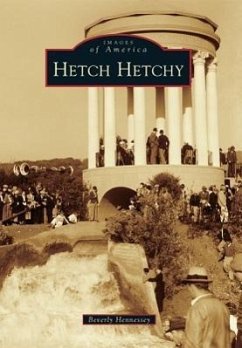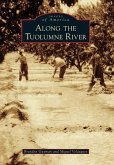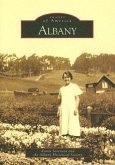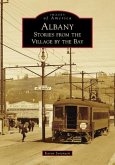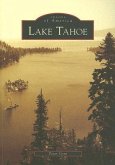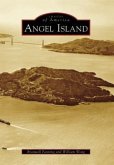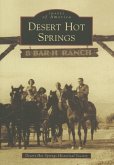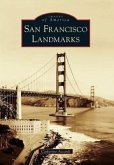When water from the Sierra Nevada reached the San Francisco Bay area in 1934, it was greeted by a national celebration after two decades of grueling construction. The Hetch Hetchy Project evolved from a long search for a reliable source of water for San Francisco that began after the 1906 Great Earthquake. Prior to the earthquake, San Francisco had burned to the ground repeatedly due to the lack of water to fight fires. Studies of 14 different sources led to the design of an engineering marvel that conveys water using gravity across California via a complex system of tunnels, reservoirs, pipelines, powerhouses, treatment plants, and dams. But before the Hetch Hetchy Project broke ground, controversy roiled over the project. Finally, the Raker Act was passed by Congress in 1913 and signed by Pres. Woodrow Wilson to permit the use of the rights-of-way for the project. Today, this system serves some of the highest-quality water in the nation to 2.4 million people.
Hinweis: Dieser Artikel kann nur an eine deutsche Lieferadresse ausgeliefert werden.
Hinweis: Dieser Artikel kann nur an eine deutsche Lieferadresse ausgeliefert werden.

